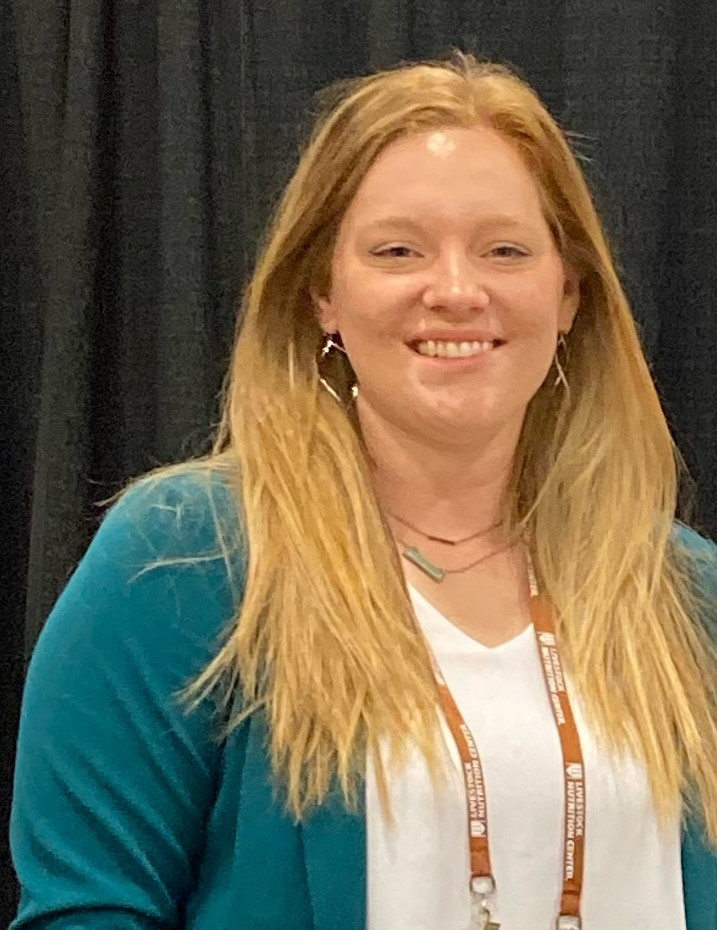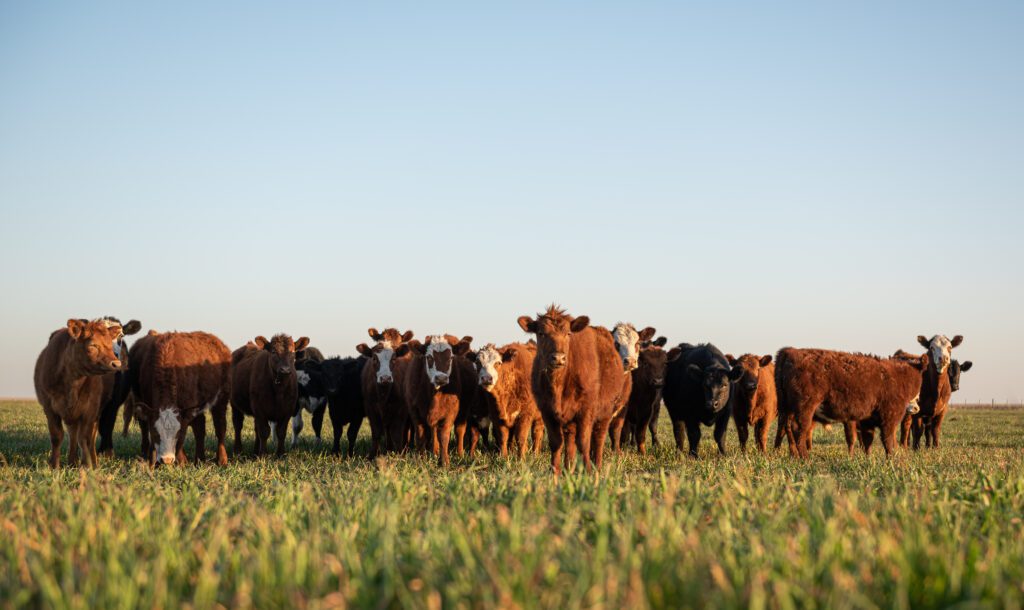by HANNAH BAKER, State Specialized Agent, Beef & Forage Economics

One decision that has to be made every year by cattle producers is what to do with open cows. Culling season is about to be in full swing as calves are being weaned and shipped off and cows are being evaluated on whether they should be culled. The goal of every producer should be to have each cow have a calf every year (365 days). If she is not fulfilling this goal, she is costing more money than she is making by not providing a calf to sell. The purpose of this article is to show the economic impact of keeping an open cow by estimating her annual return over a seven-year period.
After investing labor, time, and money into keeping a cow healthy and getting her bred, it is expected that she will have a calf each year. But if she doesn’t, is she still worth keeping after all that has been invested in her? How long would it take for her to start providing a positive return (profit) after missing just one year?
The annual costs in 2024 for a cow-calf operation can range from $600-$1,100 per head based on the structure and fixed costs (land, equipment depreciation, taxes, etc.) of each operation. In this example, the only fixed costs estimated are labor and the average rental rate of pastureland in Florida. Variable costs include minerals, feed, pasture, breeding, health, fuel, equipment repairs, and interest. Total annual costs are estimated at $915 per cow. Revenue is estimated at $1,300 per cow for a 500-pound calf with a sale price of $2.60 per pound.
When deciding to keep an open cow, annual costs are added to the previous year’s costs from having to “house” her for another year with no revenue to offset this extra year of costs. Using 2024 calf prices, even if she has a calf every year after that missed year (year three in Table 1), it is estimated that it will take about three years (years four–six) for her to start providing the same return she was before missing a calving season. Lower calf prices, higher input costs, and the additional fixed costs would cause it to potentially take even longer.
If a cow does not have a calf every 365 days, she is incurring extra costs and not providing a consistent stream of revenue. This will have a short and long-term negative effect on profit. However, she could still provide a source of revenue that year if sold as a cull cow or even as a replacement depending on her age and body condition. Culling an open cow could potentially mitigate or ease the loss of not selling a calf from her. A producer should strive to always apply the three “E’s” when trying to make profitable decisions about investing, managing, and marketing cattle: “Is this decision efficient, effective, and economical?”
Table 1. Number of Years for a Return to Be Made from an Open Cow After Missing One Year
| Year | Expenses Description | Expenses | Revenue | Return to Expenses (Profit) |
| 1 | annual expenses | $(915) | $1,300 | $385 |
| 2 | annual expenses | $(915) | $1,300 | $385 |
| 3 | annual expenses | $(915) | $0 | $(915) |
| 4 | annual expenses + previous year’s expenses | $(1,830) | $1,300 | $(530) |
| 5 | annual expenses + previous year’s expenses | $(1.445) | $1,300 | $(145) |
| 6 | annual expenses + previous year’s expenses | $(1,060) | $1,300 | $240 |
| 7 | annual expenses | $(915) | $1,300 | $385 |

